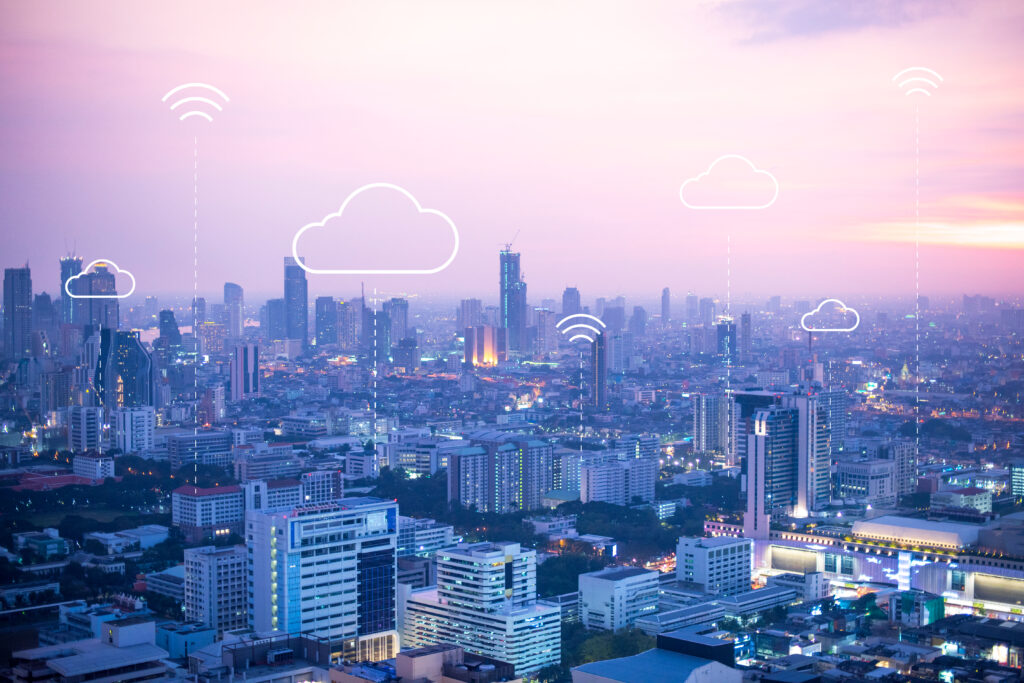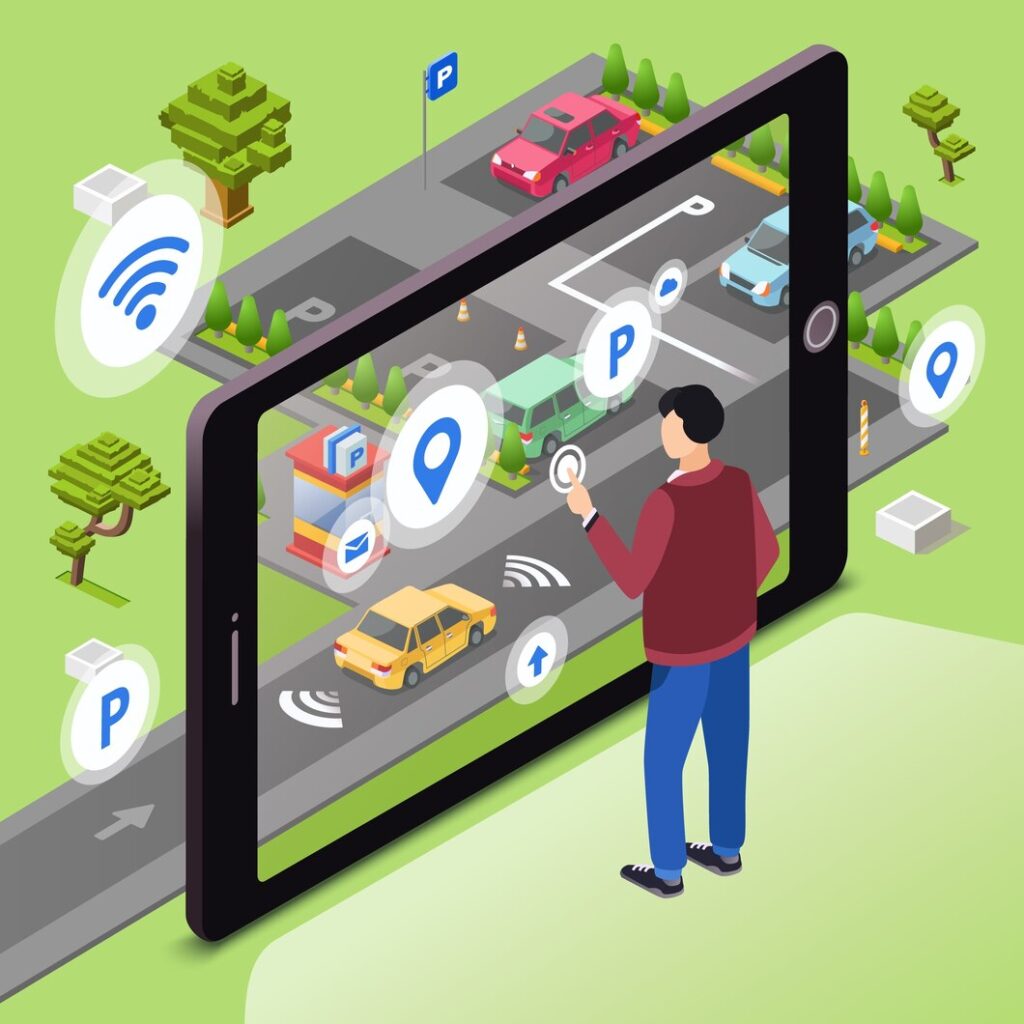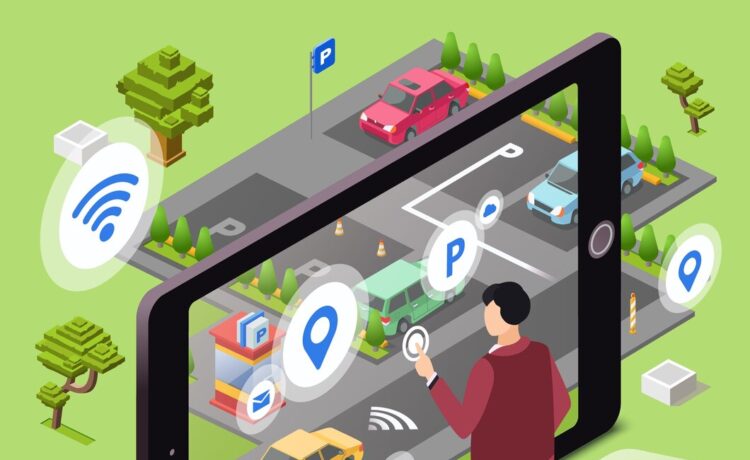In the era of 5G dominance, online businesses need efficiency, and that’s exactly where Edge Computing takes centre shape. It has become nothing short of a game changer in today’s tech world giving us faster speed, smarter use of bandwidth and top-notch security. It makes data move superfast, ensuring quick responses. This article will guide you to understand what is edge computing, and why it’s a must for the tech future in 2024.

What is Edge Computing?
It is a paradigm in which data processing occurs closer to the source of data generation, reducing latency and enhancing real-time, responsiveness. In this model, computation takes place at or near the “edge” of the network.
It means processing data near the source rather than relying on the centralised cloud servers that can be a thousand miles away, to reduce the latency and bandwidth use. A smart camera analysing video footage locally to detect and respond to events, minimising the need for constant data transmission to a distant server.
Types:
All edge computing is not the same. There are different types for different businesses they are as follows:

1. Sensor edge:
It delivers the lowest latencies possible and has the least computing power. It is best for device-specific and simple tasks. Processing data directly at the sensor level suppose a smart sensor in industrial equipment analysing data locally to detect anomalies without transmitting large amounts of raw data.
2. Device edge:
It uses local devices to allocate the computing task. It has low latency. Computation occurring on the device itself reduces support or external servers like a smart thermostat adjusting temperature locally based on user preferences, minimizing the need for constant communication with a central server.
3. Cloud edge:
Cloud edge resonates like cloud computing. 58% of cloud edge users have latencies under 10 milliseconds. Cloud service providers offer edge computing services to enhance the performance of applications requiring low latency like online gaming or video streaming.
4. Compute edge:
It is best for companies which don’t have access to proximate data centres and have different edge computing prerequisites.
5. Branch edge:
Computing resources deployed at branch offices of an organisation such as retail stores using edge computing to process sales data locally, improving inventory management and reducing dependence on centralized systems.
6. Enterprise edge:
It involves processing data at the edge of an enterprise network. It provides flexibility to adjust to distribute computing resources and changing demands. Companies implementing edge computing for real-time analysis of customer interactions on their websites, improving user experience.
7. Mobile edge:
Extends computing capabilities to the edge of the cellular networks. It provides an operative network for organizations that depend on mobile devices. Mobile network operators are deploying edge computing to reduce latency for mobile applications, enhancing the user experience for gaming.
How does Edge computing work?
It works by bringing data processing closer to the source of data generation, reducing latency and improving overall system efficiency.
Data processing proximity: Instead of sending all data to a centralized cloud server, edge computing processes information locally, near the device or sensor producing the data smart security camera that analyses footage on site, identifying potential threats without needing to transmit the video to a distant server for processing.
Real-time decision-making: Edge devices can make immediate decisions without waiting for instructions from a central server, enabling faster response time. An autonomous vehicle uses edge computing to quickly analyze sensor data and make split-second decisions about steering and braking.
Bandwidth efficiency: By processing data at the edge, only relevant information or summaries may be sent to central servers, reducing the amount of data that needs to be transmitted over the network.
Local storage computation: Edge devices can store and process data locally, which is advantageous in scenarios where constant internet connectivity may not be guaranteed.
What is the importance of edge computing?
It is important because it allows data processing to occur closer to the source of data generation, By crunching data closer to where it’s generated, it’s as if our devices get a speed upgrade. Imagine your smart devices making lightning-fast decisions without waiting for distant servers. That’s the magic of edge computing. It brings the wow factor to speed making everything quicker, smoother and way more responsive.
What is Edge computing advantage?
Edge computing brings several benefits, edge processing ensures quick response times, vital for real-time applications. By processing data locally, it minimizes the need for constant data transmission, optimizing bandwidth usage. Localized data processing enhances privacy by keeping sensitive information closer to its source, reducing exposure to potential risks. Edge devices can function independently providing continued operation even in the absence of a stable internet connection. It allows for the efficient scaling of resources to meet growing demands, ensuring adaptability in dynamic environments.
How are IoT and Edge computing related?
IoT (Internet of Things) and Edge computing are closely linked as they work together to process and analyze data efficiently. In simple terms, the Internet of Things involves connecting various devices to the Internet to collect and share data. On the other hand, it refers to processing this data closer to the source rather than relying solely on a centralized cloud.
Consider a smart thermostat in a connected home. In an IoT system, the thermostat gathers data on temperature and user preferences. Instead of sending all this raw data to a distant cloud for processing. It allows the thermostat to analyse and respond to the data locally. This reduces latency and enhances real-time decision-making, improving overall system performance.
How will the integration of edge computing and AI shape the future?
Edge computing and AI are poised to shape the future by working hand in hand. It involves processing data closer to where it’s generated, reducing latency and enhancing efficiency. Combined with AI, this approach enables devices to make intelligent decisions locally without relying solely on a centralized system.
NVIDIA has developed hardware that identifies the need for processing at the edge which includes AI functionalities made in them. The company has launched “ Jetson AGX Orin Developer Kit” a compact AI Super computer.AI algorithms need a large amount of processing power that run cloud-based services the chipset of AI which is growing rapidly, can do edge computing work.
Imagine a self-driving car equipped with AI at the edge. Instead of sending every piece of data to a distant server for analysis, the car’s onboard AI can quickly process information about its surroundings. This speeds up decision-making for the vehicle and allows it to operate more reliably.
To embark on a successful tech career in 2024, it is imperative to recognize the pivotal role played by edge computing in conjunction with AI tools. Enrol in the cloud computing course offered by Henry Harvin, it provides a comprehensive curriculum with flexible time slots that empower you to learn in your own space.
Recommended Reads:
- Top 10 characteristics of cloud computing you should know.
- Top 30 cloud computing interview questions and answers.
- Rational agent in AI? Everything you need to know.
FAQ’s
Q. 1. Is Edge Computing a technology?
Ans. Edge computing is an information technology which is crafted to handle the client’s data in the boundary of the network, as close to the originating source.
Q. 2. Is edge computing an emerging technology?
Ans. It is an evolving computing model which refers to a variety of networks and devices at or near the users.
Q.3. What is Edge computing?
Ans. It is a paradigm that processes data near where it’s being produced.
Q.4. How does edge computing enhance data security and privacy?
Ans. It enhances data security and privacy by processing and analyzing data closer to its source, reducing the need for extensive data transfers. This minimizes vulnerabilities associated with transmitting sensitive information over networks and safeguards privacy.
Q.5. What is the eligibility required for a cloud computing course?
Ans. A candidate should hold a bachelor’s degree in a related field like computer science, IT or engineering. Check the specific eligibility criteria by the institution offering the course as it can vary for beginners and professionals.
















